Rome houses not only some of the finest works of sculpture in Italy, but many of the most important pieces of sculptural art in the entire Western world. Not only do Rome's museums and churches contain impressive collections of ancient Greek and Roman sculpture, but they also possess works by such notable Renaissance and Baroque artists as Michelangelo Buonarroti and Gian Lorenzo Bernini. To travel to Rome and see these works is to discover an entirely new appreciation for sculpture as an art form.
The following list points out ten of the most impressive, important sculptures to be found in the Rome, Italy. Although there is a seemingly endless number of sites to see and places to visit in "The Eternal City," one should be sure not to miss any of the works of art listed here.


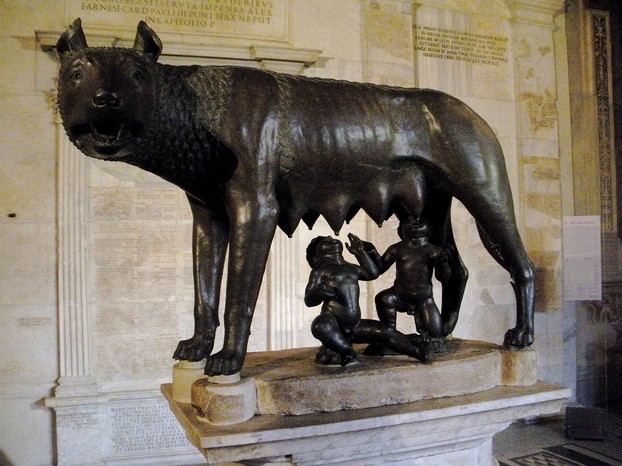



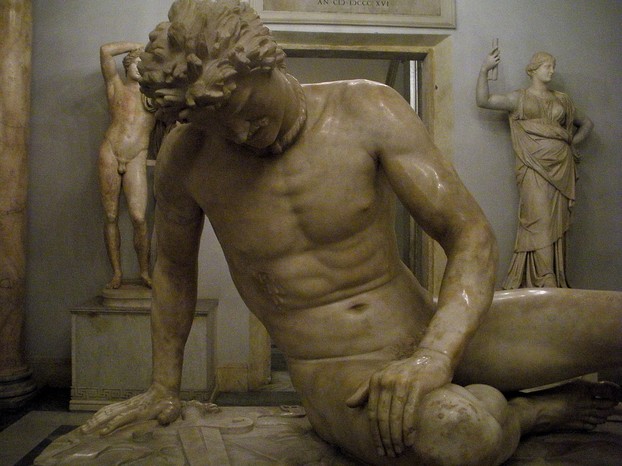



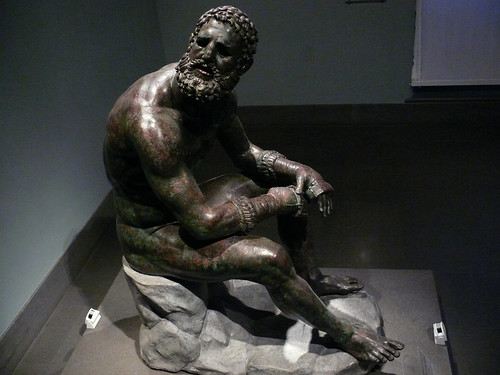
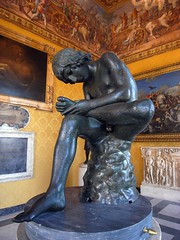



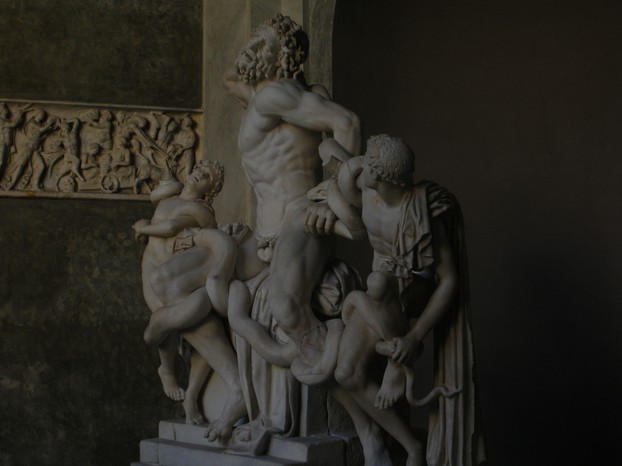
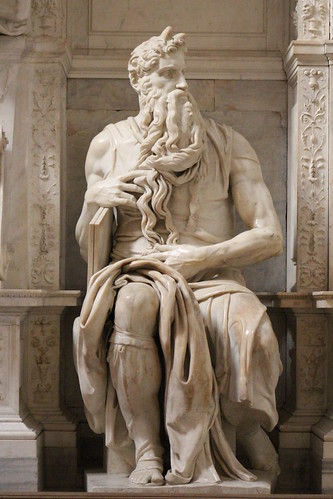
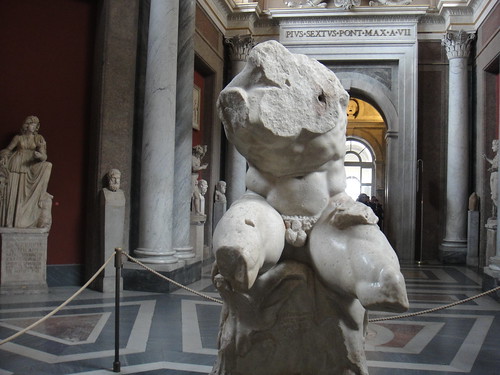



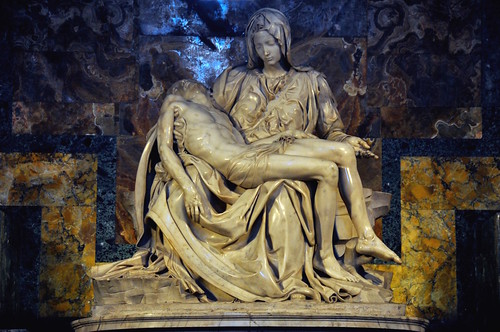



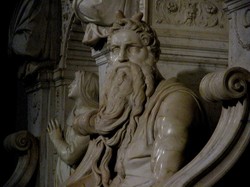

 A Potentially Fatal Accident in the Homeon 11/24/2018
A Potentially Fatal Accident in the Homeon 11/24/2018
 Windsurfing Lessons on Montserrat: One of My Funniest—and Fondest—Travel Memorieson 11/20/2018
Windsurfing Lessons on Montserrat: One of My Funniest—and Fondest—Travel Memorieson 11/20/2018
 Christmas Ornaments Celebrating Rome, Italyon 11/12/2018
Christmas Ornaments Celebrating Rome, Italyon 11/12/2018
 Philadelphia-Themed Christmas Ornamentson 11/09/2018
Philadelphia-Themed Christmas Ornamentson 11/09/2018

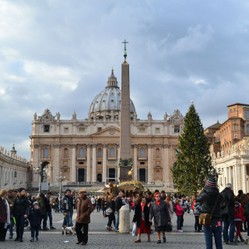

Comments
Lovely sculptures they are. I've had the pleasure of seeing a few of them in person.